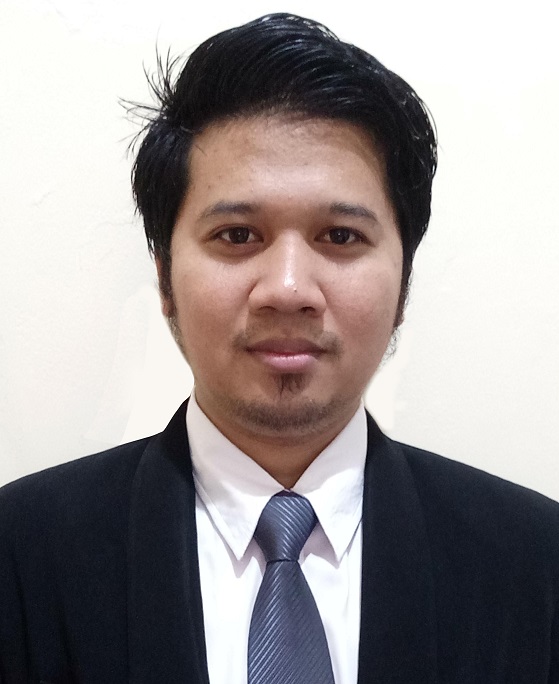Ragam Jamur Asal Serasah dan Tanah di Taman Nasional Ujung Kulon Indonesia
Abstract
Biodiversity is an important aspect which supports life systems on earth as well as maintains ecosystem sustainability and evolution. Fungal communities, in particular, saprophytic fungi, are often ignored during an inventory of biodiversity in the National Park Area. Saprophytic fungi is a fungus obtain nutrients by decomposing dead organisms or other organic material and act as decomposers in the ecosystem. Saprophytic fungi can be found growing on dead organic matter contained in the environment such as soil, wood, and litter. The diversity of Macroscopic saprophytic fungi from Ujung Kulon National Park is reported here. Fungal identification was done by using a variety of macroscopic characters. This study determined eight species that classified into six genera of saprophytic fungi, namely: Collybia, Crepidotus, Hygrocybe, Lepiota, Marasmius, and Mycena. By knowing the diversity of saprophytic fungi, it is expected to add information about biodiversity as a preparation towards the further development of the potential of existing biodiversity in Indonesia.
Downloads
Authors who submit and publish with this journal agree to the following terms:
1. Authors retain copyright and grant the journal/publisher non exclusive publishing rights with the work simultaneously licensed under a Creative Commons Attribution 4.0 International License.
![]()









_1.png)



